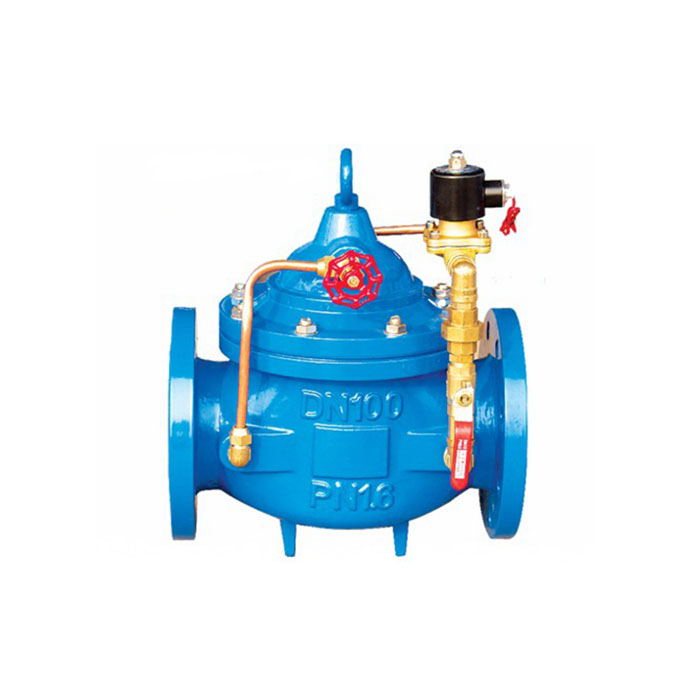control valve
Understanding Control Valves The Heart of Fluid Control Systems
Control valves are integral components in various industrial applications, playing a crucial role in regulating the flow, pressure, and temperature of fluids. These devices are designed to perform precise control over multiple parameters in fluid systems, ensuring operational efficiency and safety across diverse industries such as oil and gas, water treatment, chemical manufacturing, and HVAC.
At its core, a control valve is primarily used to manage the flow of liquid or gas by adjusting the size of the flow passage as directed by a control signal. Typically, this signal comes from a controller that interprets data from sensors measuring flow rate, pressure, or temperature within the system. The adjustment can be linear or modulated, wherein the valve either opens or closes partially or fully based on the required setpoints.
The functionality of a control valve can be understood through its basic components the actuator, valve body, and trim. The actuator converts the control signal into mechanical motion to position the valve plug or disc accordingly. There are various types of actuators such as electric, pneumatic, and hydraulic, each suited to different applications and complexities of control needed. The valve body houses the internal components and is designed to withstand the pressure and temperature of the fluid being managed. The trim includes all the parts within the valve body that directly interact with the flow, such as the valve seat and plug.
control valve

One of the primary advantages of control valves is their ability to achieve precise control of flow rates
. This precision is vital in chemical processing where the concentration of mixtures can significantly impact the quality of the final product. For instance, in a reaction vessel, maintaining the correct flow of reactants ensures optimal conditions for the desired chemical reaction to occur, avoiding excess or deficiencies that could lead to hazardous situations.Moreover, modern control valves are often equipped with smart technology capabilities. Smart valves can integrate with digital systems to provide real-time monitoring, diagnostics, and automated adjustments based on operational demands. This advancement helps in predictive maintenance, reduces downtime, and enhances energy efficiency, promoting sustainability in industrial operations.
Choosing the right control valve involves considering factors such as the nature of the fluid, the required flow characteristics, pressure conditions, and the specific application requirements. It's essential to analyze these parameters to select a valve type (like globe, ball, or butterfly) that will perform effectively in a given system.
In conclusion, control valves are vital for the operation of fluid systems, ensuring that processes run smoothly and safely. Understanding their function, components, and benefits can lead to better design choices and enhanced efficiency in industrial settings, ultimately driving productivity and sustainability in various sectors.
-
The Key to Fluid Control: Exploring the Advantages of Ball Valves in Industrial SystemsNewsJul.09,2025
-
The Versatile World of 1, 2, and 3 Piece Ball ValvesNewsJul.09,2025
-
Stainless Steel Ball Valves: The Ideal Choice for Efficient Flow ControlNewsJul.09,2025
-
Optimizing Fluid Control with Ball Float ValvesNewsJul.09,2025
-
Manual Gate Valves: Essential for Control and EfficiencyNewsJul.09,2025
-
Everything You Need to Know About Butterfly ValvesNewsJul.09,2025
-
The Versatility of Wafer Type Butterfly ValvesNewsJul.08,2025




